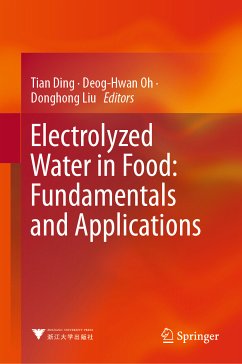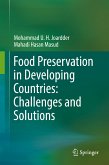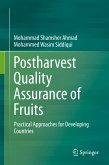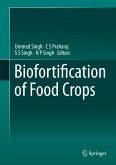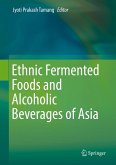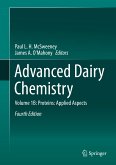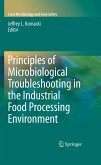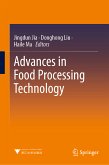This book provides fundamentals, highlights recent developments and offers new perspectives relating to the use of electrolyzed water (EW) as an emerging user- and environmental-friendly broad-spectrum sanitizer, with particular focus on the food industry. It addresses the generation, inactivation, pesticide degradation and safety of food by EW, illustrates the mechanism of the germicidal action of EW and its antimicrobial efficacy against a variety of microorganisms in suspensions. In addition, the sanitizing effects of combining EW with various chemical and physical sanitizing technologies have been evaluated, and recent developments and applications of EW in various areas including fruits and vegetables, meat, aquatic products, environment sterilization, livestock and agriculture has been described.
The book can be a go-to reference book of EW for: (1) Researchers who need to understand the role of various parameters in its generation, the bactericidal mecha
nism of EW and its wide applications for further research and development; (2) Equipment producers who need comprehensive understanding of various factors (e.g. type of electrolyte, flow rates of water and electrolyte) which govern the efficacy of EW and developing its generators; (3) Food processors who need good understanding of EW in order to implement it in the operations and supervisors who need to balance the advantages and limitations of EW and ensuring its safe use.
Dieser Download kann aus rechtlichen Gründen nur mit Rechnungsadresse in A, B, BG, CY, CZ, D, DK, EW, E, FIN, F, GR, HR, H, IRL, I, LT, L, LR, M, NL, PL, P, R, S, SLO, SK ausgeliefert werden.

